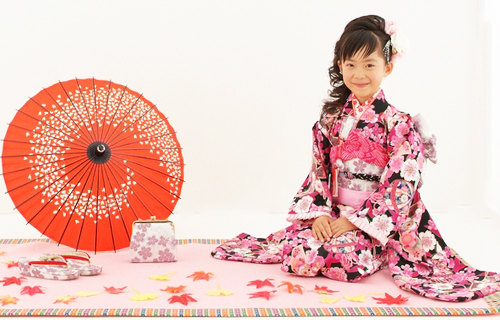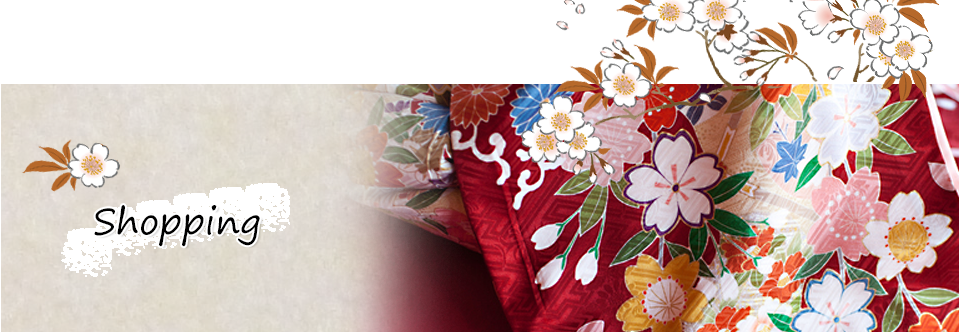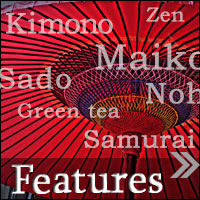Kimono
What is Kimono
Kimono is a ethnic clothes of Japan native. It says Heian period common wear is the origin of modern Kimono.

In Modern
Opportunity to see a person wearing a kimono everyday has been reduced. But coming-of-age ceremony, graduation ceremony, marriage in Japan to celebrate wear has Kimono become common.We say Kimono but it has diverse depending on the application. For example, Yukata is a wear for summer festivals / after bath. And its material and design also has varieties. Recently, Yukata Dress with skirt appears and brilliant colored “Gal Yukata” has chance to see.
Men who wear the Kimono on daily basis are few, comparing with women. As work cloth of craftsman or religious parties wear men Kimono but we don’t see most of the time except in Kyoto.
There is some movement to promote men’s Kimono wear based on web.

Town of Kimono, Kyoto
Kyoto was prospered as the capital; Kimono was one of the most important industries and developed. Kimono related deeply with Tea ceremony, Art of flower arrangement, Noh drama, Kyogen playing. It still many Kimono retails are around there, specially the area has festivals (almost all over the city), and Geisha quarter.

Cloth
Kimono cloth can be classified into two types as “Ori” (weave) and “Some” (dyeing).
Depending on the type of Kimono changes which type of cloth uses. I.e. “Furisode” for twenty yrs. ceremony and second wear of a bride or “Homongi” for visiting somebody use weaved cloth to make.You don’t have to through away even outdated. Woven Kimono has same table (inside out) of the cloth. So if you send to remake it, your kimono will be reborn as brand new.
Dyed Kimono can dye and retouch again.
The heart of Japanese to cherish things is everywhere and it’s plain from this way to treat Kimono.

- Kimono
- Kimono
- Happi Coat
- Geta/Zori
- Traditional Crafts
- Kyoto Hina Doll
- Hyogu
- Kyo Yuzen-zome
- Kiyomizu Pottery
- Pottery/Lacquer
- Plaything
- Hyakunin-isshu
- Buddhist alter fittings
- Buddhist alter fittings




